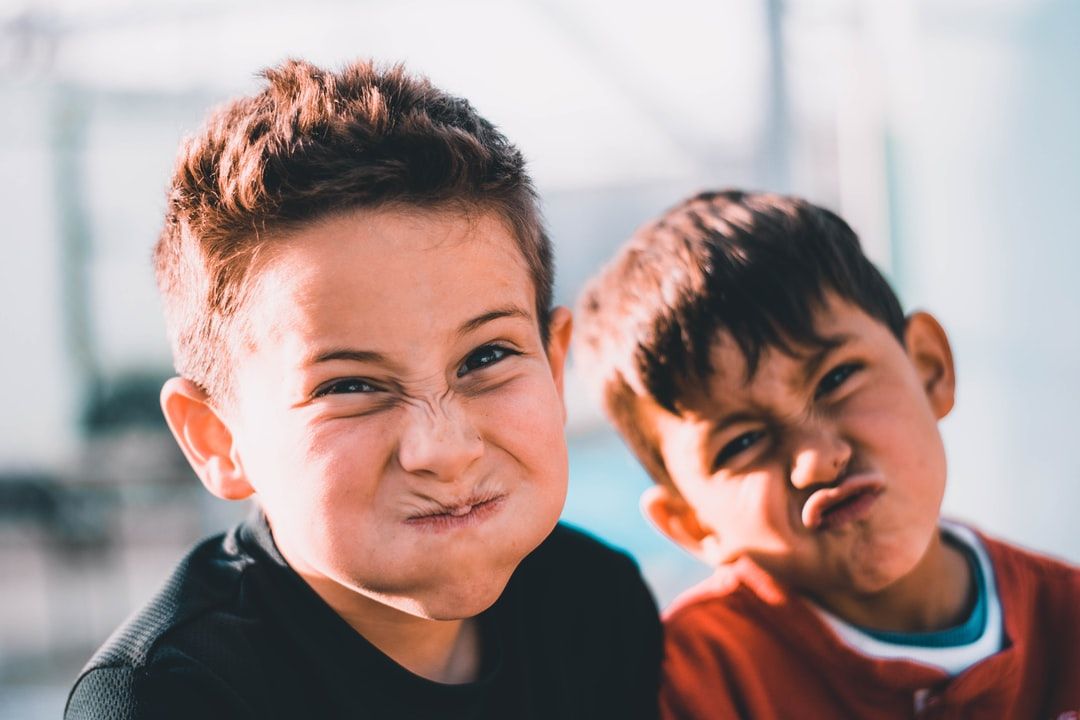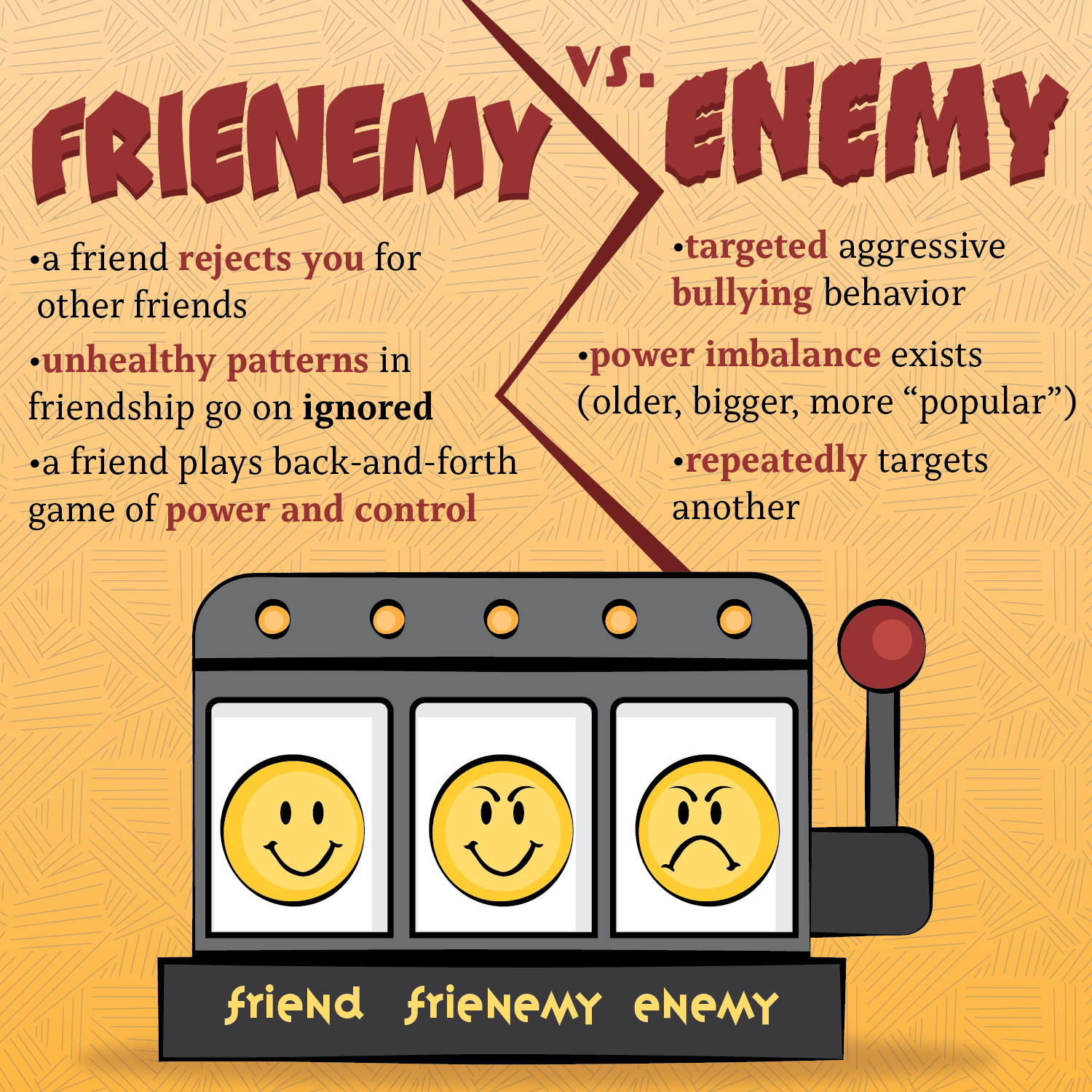Laura Schneider, LMHC
Parenting | Frienemies

Let's break down the concept of frienemies. Children use the term to describe a one-time friend turned “enemy,” as well as a friend who vacillates between friend and enemy. The idea of an “enemy” is a little strong for most situations, but certainly offers us a peek into the emotional continuum of friendship. That bi-modal thinking certainly sets them up for elation from a best friend to grief from an enemy.
The term frienemies is more commonly used in grade school, but the reality is it’s more common when children enter middle school. The pressure on children as they make this transition is enormous, as you have probably already noticed. The change is like the flow of a river. It changes as the water hits new obstacles and flows when the path is clear. So as children flow through elementary school together, they expect that their friends will still be there when they enter the turbulent waters of middle school.
Some friendships make it through the middle school transition and others do not. For those whose friendships drift, it is a heart-breaking time. The addition of social media throws boulders into the already choppy water. Knowing that you are socially excluded is a crushing blow when grieving the loss of a friend. Although most of these friendship drifts are normal, some can border on cruel.
So much of one’s self esteem is developed during the middle school years–maybe because growth is often accelerated during dynamic and turbulent times. When friends abandon you or you abandon a friend, one’s sense of self is challenged. So one of the first steps in understanding this social dynamic and empowering children is to define the complexities of friendship. So first let's look at the nature of friendship and then talk about how we help our kids navigate the ebb and flow of this important social connection.

We are social creatures. Humans partly survived because we could develop strong bonds that we call friendship. When we are in survival mode, people tend to pick friends who can provide them with something they need. This could be a give and take or a take or a give! These types of friendships can be transactional, where there’s constantly an “ask” for the friendship to survive. This transactional connection is part of what happens in middle school.
Friendships from 3-11 are less transactional. We know that we start out with parallel play as toddlers and move to interactive play. We tend to play with those who have similar interests. Children who like to be active and play sports find each other. Children who like to play pretend also find each other. For most children, elementary school is a safe place to make and keep friends. There’s no real indication of those river rapids that warn of turbulent waters.
I’ve watched countless children row into middle school. You can see the changes in the waters around 5th grade. There’s a different social dynamic afoot. Fifth-graders are the oldest in their elementary school and expectations about what it means to be older increase the pressure to act older. Age doesn’t really seem to matter. I’ve noticed whether the children are 5th graders going into middle school or 6th graders going into junior high, they start to adjust their behaviors based on their social awareness.
Social awareness comes at different times for different children. It’s based on each child’s nature and nurture. Some children are just more socially aware than others. They are more naturally outgoing, have a more socially-minded brain, and have positive social exposure. They might have good friendship experiences in elementary school, making them “popular” or well-liked. So as these socially-aware children realize they are the mature ones at the school, they can begin to almost roleplay what they think maturity looks like.
So what does maturity look like? As adults we’d like to think maturity looks like a solid self-esteem, independence, good communication, and solid resources. For children, maturity looks like Teen Beat magazine. Okay, maybe there’s a newer magazine to reference, or maybe it’s not a magazine at all. These days, it's Tik Tok or Instagram. Maturity to preteens looks like whatever is being shown to them as maturity. Not by parents, but by older teens.
Mimicking and camouflaging are adaptable social skills, and they’re not lost on our middle schoolers. Conforming is the name of the game and for those with independent streaks, it’s extra difficult during this phase of development. They mimic maturity by wearing different clothing, focusing on gender dynamics, and changing their language. They camouflage by rejecting “baby” stuff and following the lead of those who seem more socially successful. Some hide their youth so they can fit in and others start to reject those who aren’t keeping up. These are ripples in the water that turn to rapids during middle school.
When children “graduate” from elementary school, they usually have some battle scars but for the most part the majority are still fully intact. The summer is exciting as they prepare for their new school. Most middle schools bring together 2-3 elementary schools, so the new dynamics make most children and parents nervous. I have noticed that more children are nervous about social dynamics than the new educational load. But they have the security of the friends they’ve made in elementary school to keep them afloat. Or do they?
When children enter the middle school’s water, they tend to stick with their old friends for the first half of the year. They will meet new friends but also keep their old friends. Children who only hold on to their old friends often face pain and grief when the second half of the school year begins. Those children who are socially aware and outgoing push away from the old and toward the new. They congregate with like-minded children who are thriving in rapids.
Let me say that children who thrive through these years aren’t necessarily socially outgoing. Children can thrive even if they have one best friend. When one-time friends stop the friendship for new friendships, however, it hurts! Parents can really soften the blow but they can also inflame the already emotional experience.
It’s important, as parents, that we look at friendship changes with the perspective of our years. When our children lose a friend, it’s a painful process for all. Most likely you were close to your child’s friend and maybe even their parents. When our children leave an old friend to make new friends, it is also painful. Most children don’t want to be mean or hurt an old friend’s feelings. They probably feel compelled to go a different direction. Both sides can be completely innocent and both sides can feel hurt and sad. It’s a break up, so to speak, and a difficult transition. Parents need to be mindful to stay grounded and not get caught up in the emotions of the moment.
I don’t know about you, but when my children were hurting, I felt angry and protective. I wanted to make it right and take away the pain. I worked hard to mitigate the painful process of growing up but couldn’t take away the ebbs and flows of those waters. I also could over-identify and relive my own pains over again–tempting to stir the already boiling pot. The most important skill I had as a parent and the one that I counseled and coached in parents was the skill of empathy. Empathy is your child’s saving grace.
Sometimes it’s difficult to determine whether breaks in friendship are healthy and hard or unhealthy and damaging. A healthy but hard break can have some pretty dramatic moments and certainly can hurt so badly that you fear your child will not recover. I have counseled hundreds of children through these transitions and I can say that even healthy friendship breaks can have a lasting impact. The difference is in the mean factor. It’s one thing for a person to say, “I don’t want to be your friend anymore because I want to hang out with this new friend,” and it’s another thing for a person to say, “You are not good enough or cool enough to be my friend.”
Even healthy transitions can bring about thoughts of inadequacy. Positive self-talk skills are essential tools for navigating those waters. When a one-time friend imposes those thoughts through words or deeds, we have a case of the frienemies. The continuum of friend to enemy really rests on how the “break-up” was handled and how the followup is handled.
If you think about it, we have three vital love connections in our lives. Our family, our friends, our partners. So “break-ups” are real and the impact is real.
There are several kinds of break-ups. One type of “break-up” happens over time. One friend might distance themselves from the other friend. They spend less time with them, don’t respond to their messages, and avoid them at school. Although this can be excruciating for children, let’s be honest, most children, let alone adults, are ill-equipped to have a clear break-up conversation. The break-up is thus avoided through distancing. The friendship just fades.
Another type of break-up is the blowup. The friend who wants to leave the situation takes advantage of a fight or a conflict to justify their actions. This can be devastating for the friend left behind because they believe they bear responsibility for the break-up. They might say sorry a hundred times but their apology will never be accepted because the other friend was already one foot out the door. Although there is no continued personal attack from the other child, the weight of the loss of friendship is heavy on the child left behind.
Finally, there’s the personal rejection. These kinds of friendship break-ups can really do damage. Although all break-ups feel personal, this one uses the personal differences to exclude, other, and shame the other person. The rejected friend feels less than, outcasted, and sometimes even targeted. Remember when I said that humans made it because they were social creatures and that they tended to build connections based on what others could give them? Well, welcome to middle school.
The reactions to a break-up can be equally important. I’ve observed many responses–the healthiest being grief. The stages are denial, bargaining, depression, anger, and acceptance. When children get stuck in these stages, they can do damage to themselves or others. Unhealthy break-ups don’t only come from those who leave the friendship. They can also come from the one left behind. Friends can manipulate friends to stay friends with them by blaming their sadness on the other person and the other person feeling compelled to stay so that the other person doesn’t feel sad. Friends can get angry at being left behind and attack the person who they blame for their pain.
Middle school puts children into the rough waters where they attempt to navigate to the best of their abilities. Some children make a clean run and keep their lifelong friends and others go through the churn. Some children see it as a survival situation and want to attach to the most socially-adapted children. They can leave friendships behind because the friend just doesn’t offer them what they think they need to stay above water. Others are socially ambitious. Still others want out of the water all together.
Parents have an important job to keep their children grounded. Listening, empathizing, staying engaged, and never minimizing the social impact of their situations. When parents have open communication with their children, they can assess what is going on in their social world. Is it healthy but hurtful? Is it unhealthy and damaging? And is there a true “enemy” in that one-time friend who needs some adult intervention?
I think we need to ask the following questions:
What does the other person want in the situation? Do they want to leave the friendship or limit the friendship? Some children want a new friend group at school but to stay connected outside of school. Is this a viable friendship?
If the other person wants to end the friendship, how are they communicating this breakup? Are they distancing? Are they picking fights? Are they ignoring? Are they shaming?
What is the reaction to the break-up? Grief? Depression? Anger? Outbursts? Silence? Has the child internalized it or externalized it?
Who is getting damaged in the break-up? Again, there’s a difference between hurt and damage. Damage is usually a personal attack on personhood rather than a parting of the ways.
And we need to be good listeners. We need to know what kind of listening our children want. We need to ask:
Do you want me to just listen?
Do you want me to share a similar experience?
Do you want me to help you get help?
Do you want me to brainstorm solutions?
Do you want me to help you come up with a plan?
It is not your job as a parent to keep, mend, or navigate friendship issues for your child. It is your job to protect your child against bullying and personal attacks. For the most part, friendships in middle school go through changes making one-time friends almost feel like enemies, but for the most part they are just children without the skills to navigate the waters. When friendship truly gets mean, that's when we need to jump in and provide limits and boundaries that bring our children back to the shores of safety.
Take Care,
Laura Schneider, LMHC

Copyright © 2025
https://caseys-clubhouse.learnworlds.com/bundles?bundle_id=student-add-on-membership
Send this link to your students to purchase the Discounted Student Add-On Membership.
https://caseys-clubhouse.learnworlds.com/professional-addon
Send this link to your second facilitator to purchase the free Professional Add-On Membership.
What's included in the Casey's Clubhouse Curriculum?
The curriculum is comprised of six sections of learning: Regulation, Awareness, Determination, Problem-Solving, Confidence, and Mastery.
You can either lead club members or clients through the entire 30-Week curriculum, from Regulation to Mastery, or you can choose one of our skills-building units for a 5 or 10-Week curriculum.
Not only do you get access to all 30 of our animated stories and lessons, but you'll get a selection of lesson plans and instructions, worksheets, home activities, posters, coloring pages, and more.
Our professional subscription includes everything you need for whichever application you choose--whether that's our 30-Week program, our 5-Week units, or our independent one-on-one client curriculum.
You can either lead club members or clients through the entire 30-Week curriculum, from Regulation to Mastery, or you can choose one of our skills-building units for a 5 or 10-Week curriculum.
Not only do you get access to all 30 of our animated stories and lessons, but you'll get a selection of lesson plans and instructions, worksheets, home activities, posters, coloring pages, and more.
Our professional subscription includes everything you need for whichever application you choose--whether that's our 30-Week program, our 5-Week units, or our independent one-on-one client curriculum.
What is a Student Add-On Membership?
With the purchase of a professional subscription, you will also be able to share a discounted Student Membership option with your club members, clients, or students so they can purchase and access the Casey's Clubhouse Curriculum at home through their own logins. The Student Membership Add-On is originally $101 but is discounted at $59.
What is a Student Add-On Membership?
The purchase of the School Essential Plus Classroom Subscription includes 10, 20, or 30 Student Add-On Membership codes to send to your students, so your students can access the Casey's Clubhouse Curriculum at home through their own logins.
The School Essential Classroom Subscription allows for a teacher to show the Casey's Clubhouse Curriculum to an unlimited number of students during class, and print and hand out worksheets and Homeactivities to work on at home. This Subscription does not include Student Add-On Memberships for students to access curriculum from home.
As a startup bonus, we are offering the opportunity to share a discount code to two colleagues so they can access our Professional Membership at a discount. This way, you can build a network between you and your colleagues and share experiences and tips with each other that come with using the Casey's Clubhouse curriculum.
Let's be clear:
We don't think there's anything controversial about learning empathy, or being emotionally regulated and resilient.
In fact, we think a lot of grown-ups could benefit from some social-emotional learning.

Casey's Clubhouse empowers children ages 6-12 with hearty mental health skills by providing professionals and parents with a comprehensive animated
social-emotional curriculum that teaches:
social-emotional curriculum that teaches:
-
Regulation: Developing calming skills so kids can regulate their energy, thoughts, emotions, and behaviors in ways that make sense to their unique selves.
-
Awareness: Learning observational and mindfulness skills so kids can be aware of how they're feeling on the inside, and what's happening around them.
-
Determination: Identifying goals, assessing them in relation to their ability to get there, coming up with the steps, and then putting the steps into action.
-
Problem-Solving: Creating a framework to conceptualize and organize problems of varying degrees, and finding healthy solutions to those problems.
-
Confidence: Following a bill of fair, respectful, and compassionate Friendship Rights and Responsibilities to increase advocacy skills and self-worth.
-
Mastery: Feeling confident in the ability to use a skill so effectively, easily, and appropriately, that they can successfully teach another. Great for supporting our Peer Leaders.
When you become a member with us, you get:
-
30 animated stories and lessons about Casey and his friendship struggles and successes.
-
A comprehensive curriculum of lesson plans, home activities, worksheets, coloring pages, music, and more.
-
Ample resources for the grown-ups in a child's life.
-
Guaranteed assistance and customer service.
-
The amazing feeling that comes with making a difference in kid's lives, without having to reinvent the wheel to do so.
Write your awesome label here.
